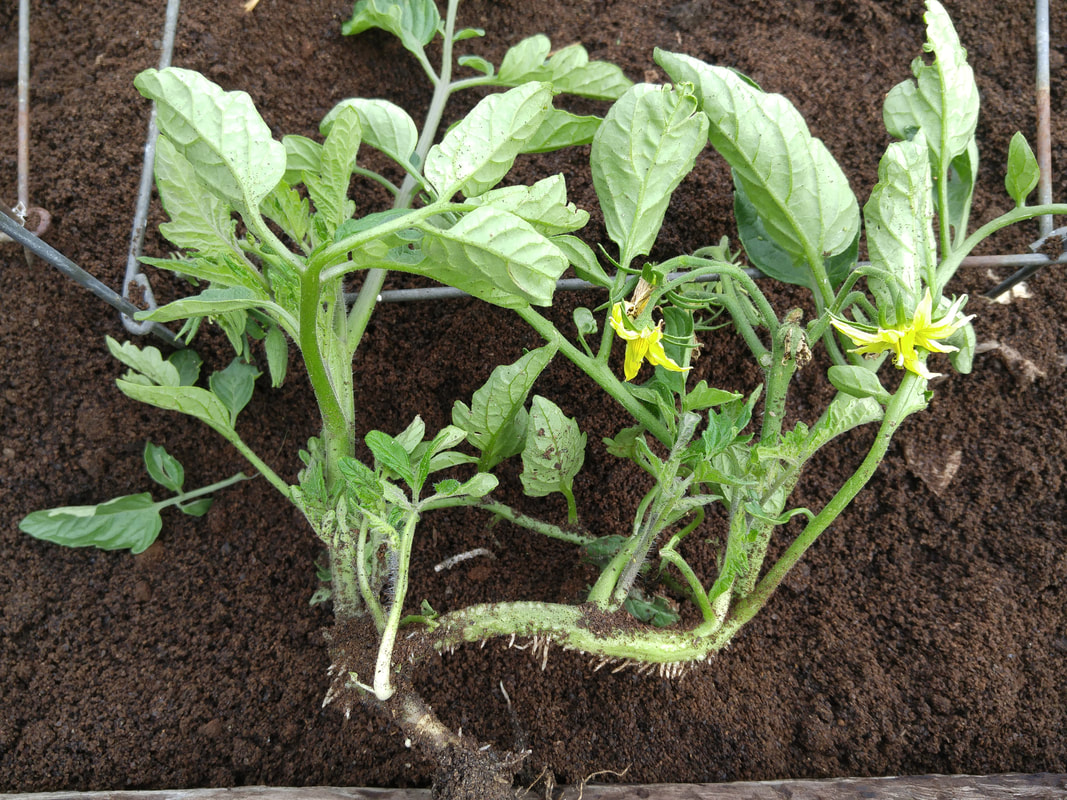 Volunteer tomato has roots along its stem as well as rootball -- this demonstrates why we always urge planting tomato seedlings deeper than they were in the pot. Before transplanting, I'll remove the blossoms to force the plant to establish a great root system before setting more blossoms when the plant gets to about 2 feet tall. | March has certainly turned out to be magnificent in the amount of rain we’ve received, making our gardens stand up tall and perky. Wonderful harvests of bok choy, chard, cilantro, kale, assorted greens, lettuce, parsley, first peas, and spinach make for fantastic salads, soups, stews, stir-fries and whatever other methods of preparation we can imagine! And, more rain is promised for next week along with continuing cool temperatures. The timings between rains have been especially effective – slight droplets, heavy downpour, light again, and then several days of no rain – enabling the soil to fully absorb the moisture as a marvelous resource for later this summer. My Meiwa kumquat even had too much rain, splitting its skin because the cells of the interior flesh expanded more quickly than the cells of the skin. This is the tell-tale sign of too much water, whether now because of rain or later if we irrigate using too much water after a dry spell. While it’s generally better to water less frequently and deeply, the splitting is the result of too much of a good thing (water), so adjust your watering pattern to a bit more frequently. Transplanting Tomato Technique I’ve developed a technique for transplanting tomato seedlings that may appear to be drastic, but I assure you that it results in healthier root development of the plant and consequently more color and food. Instead of digging a hole barely larger than the size of the rootball and then setting the rootball into the hole and watering it in, my technique is much more extensive and fosters lots of new root growth and access to more soil nutrition and water. Here are the steps:
When Should I Let Blossoms Set?
For more garden tips, see March and April. |
|
0 Comments
Leave a Reply. |
Categories |
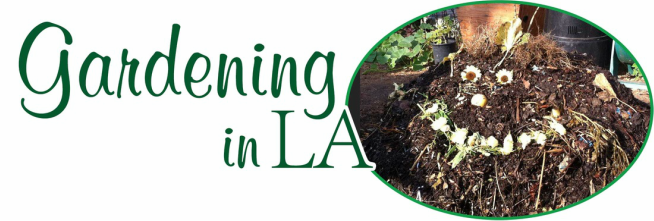
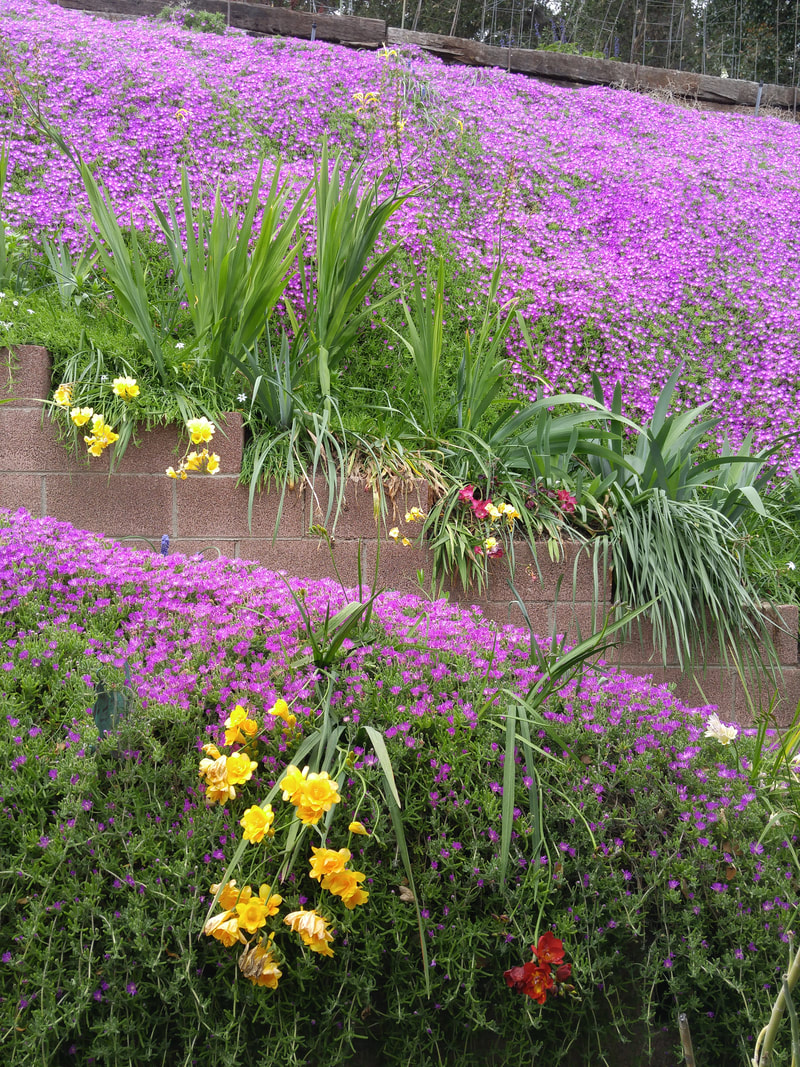
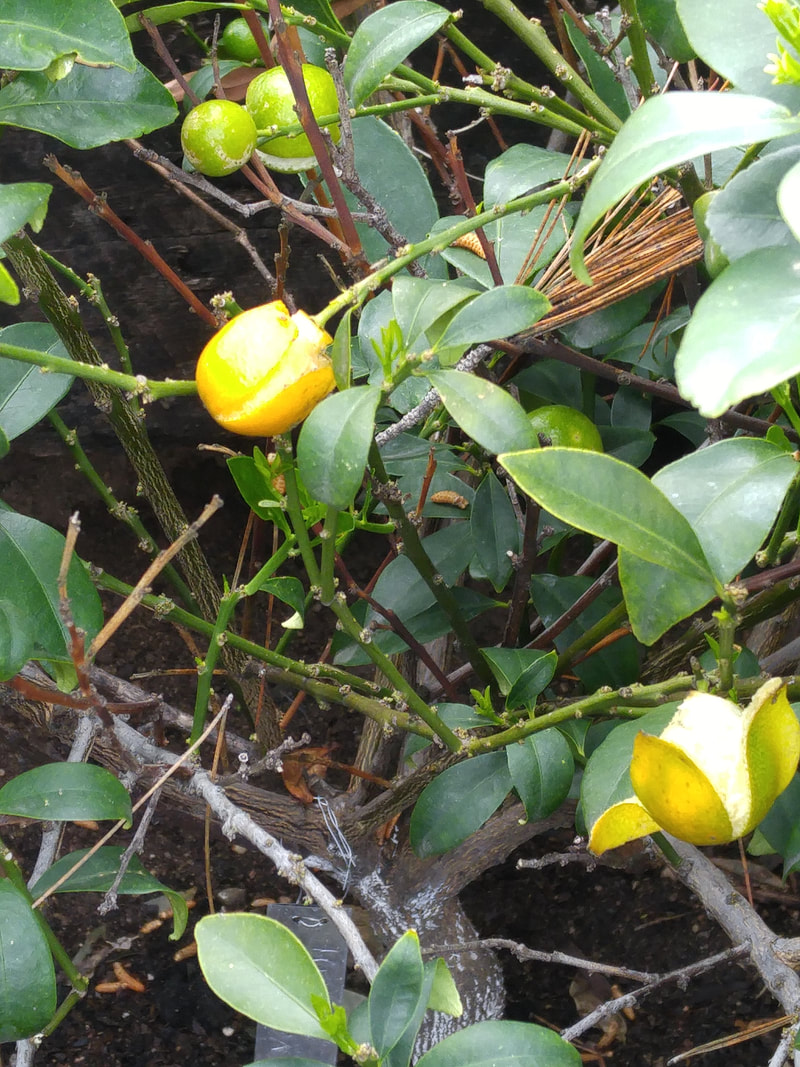
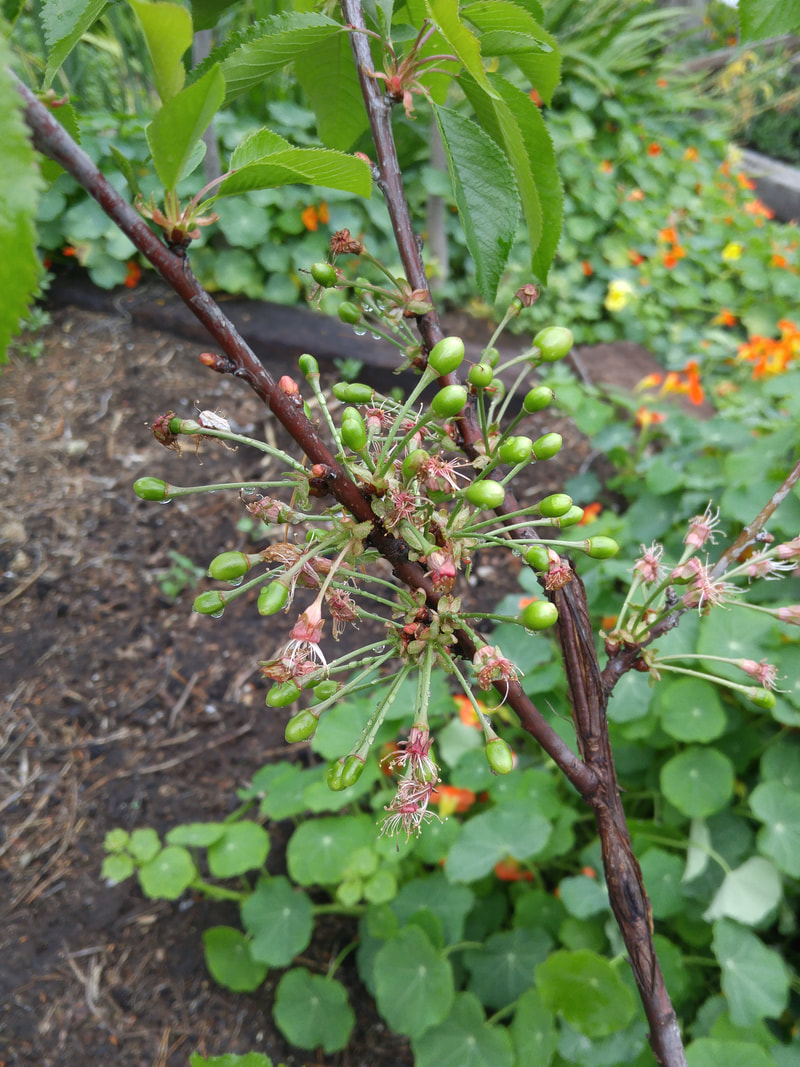
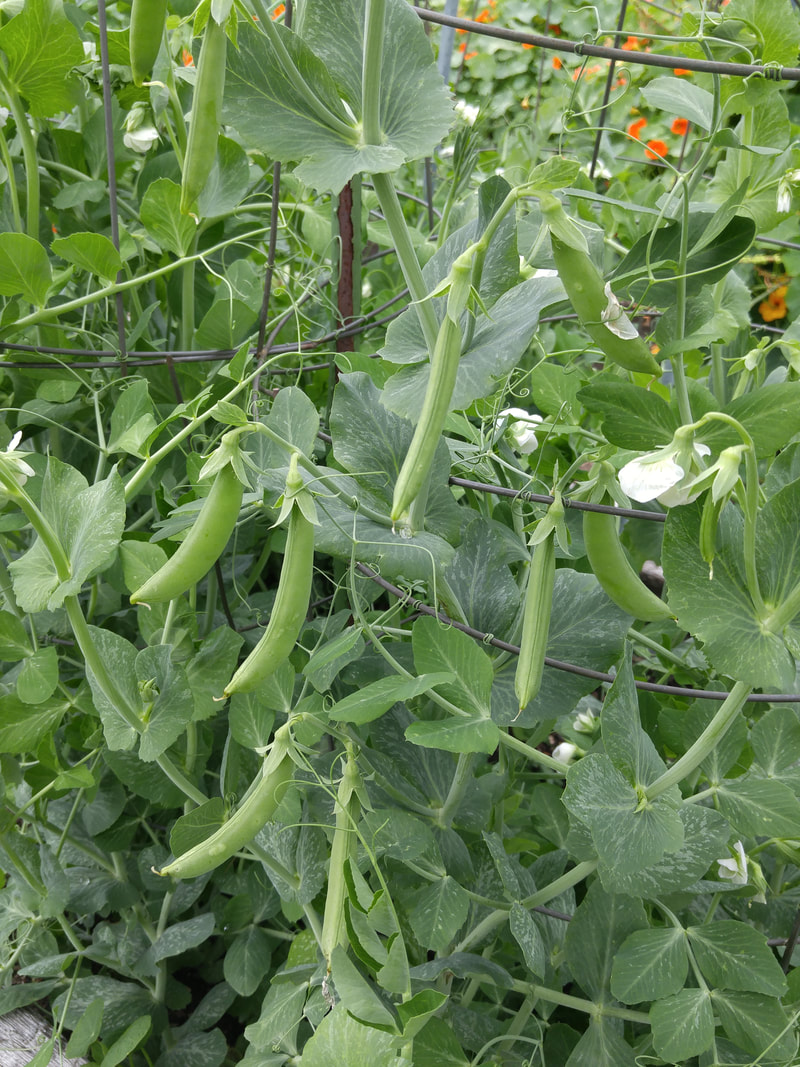
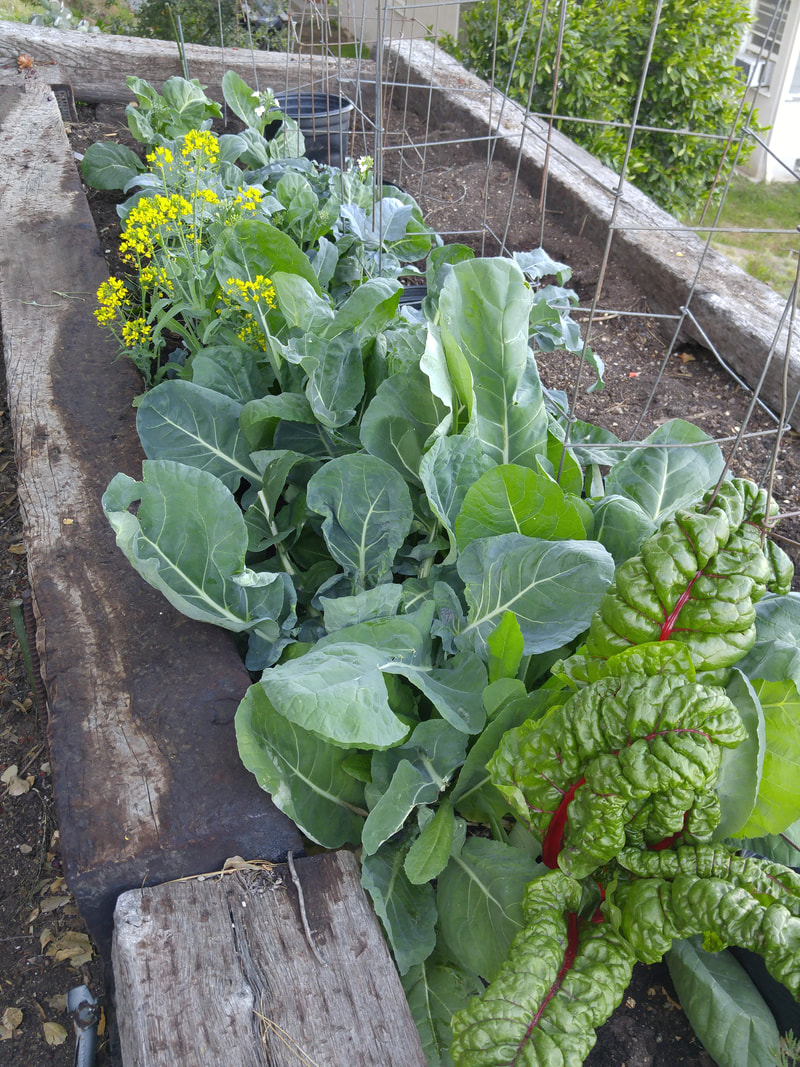
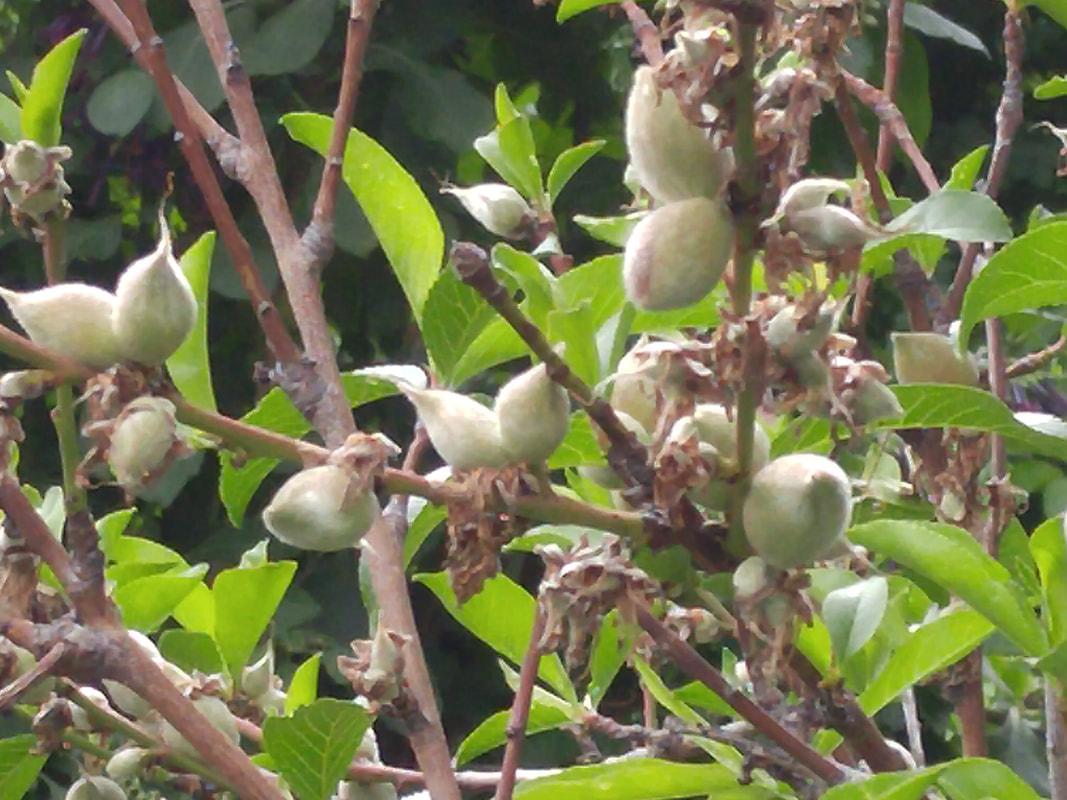
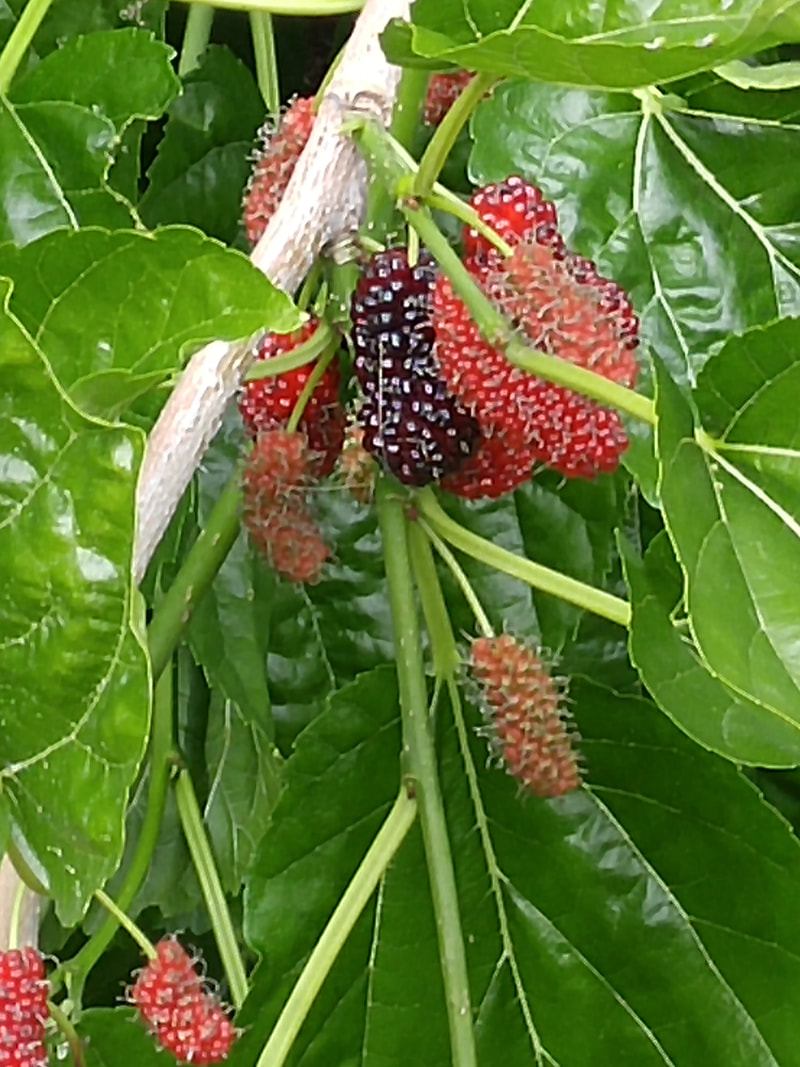
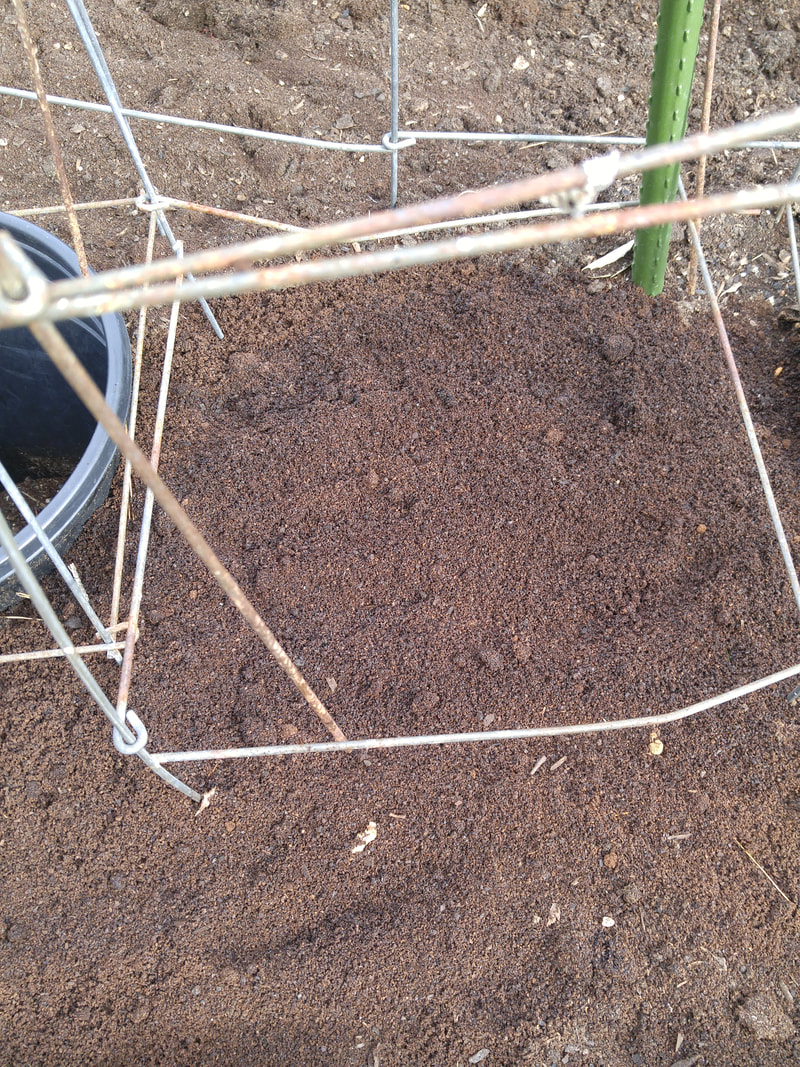
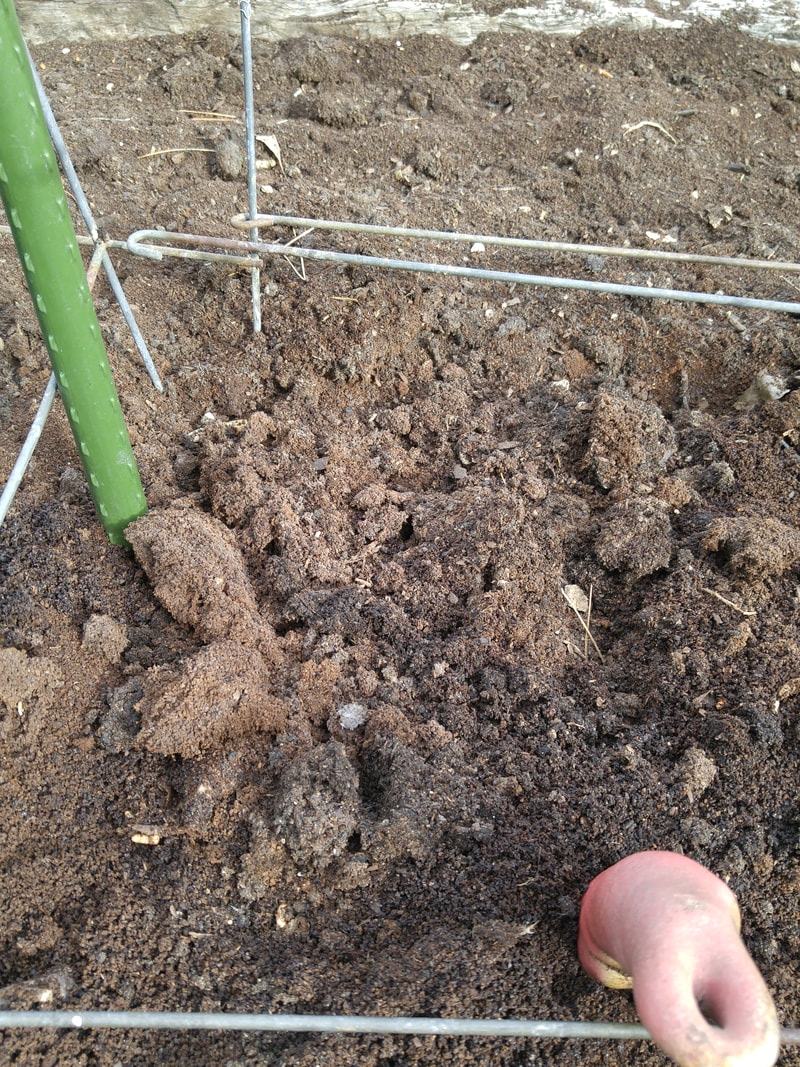
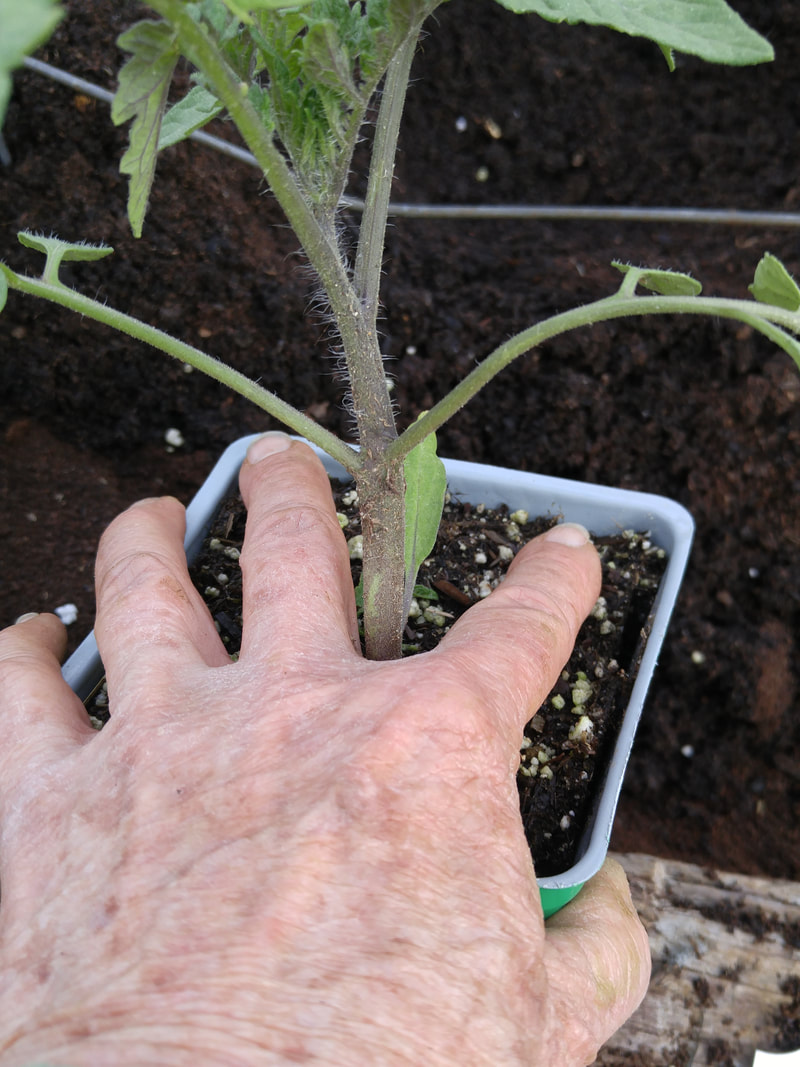
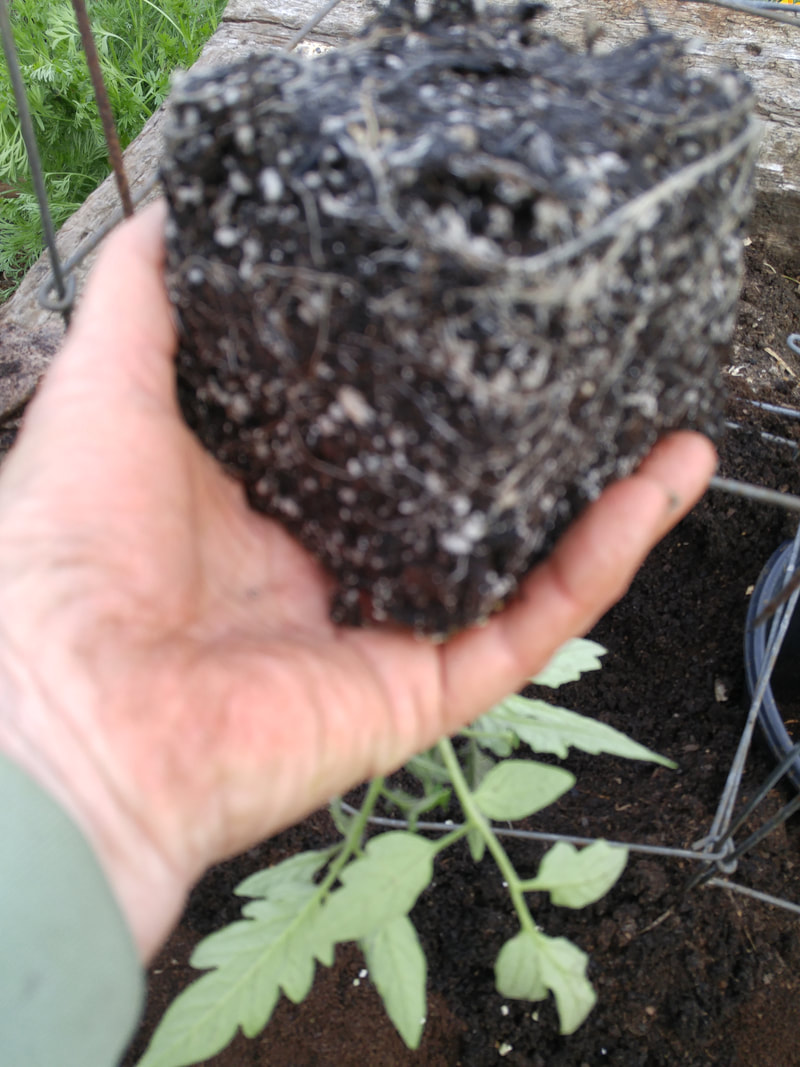
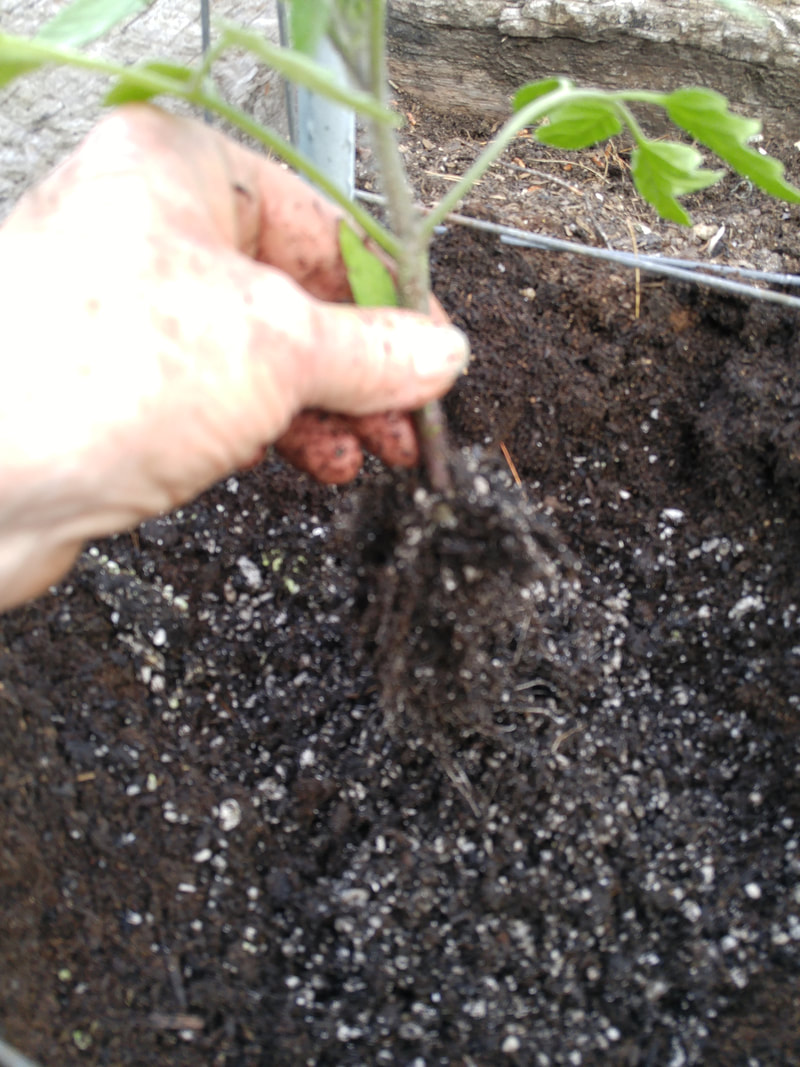
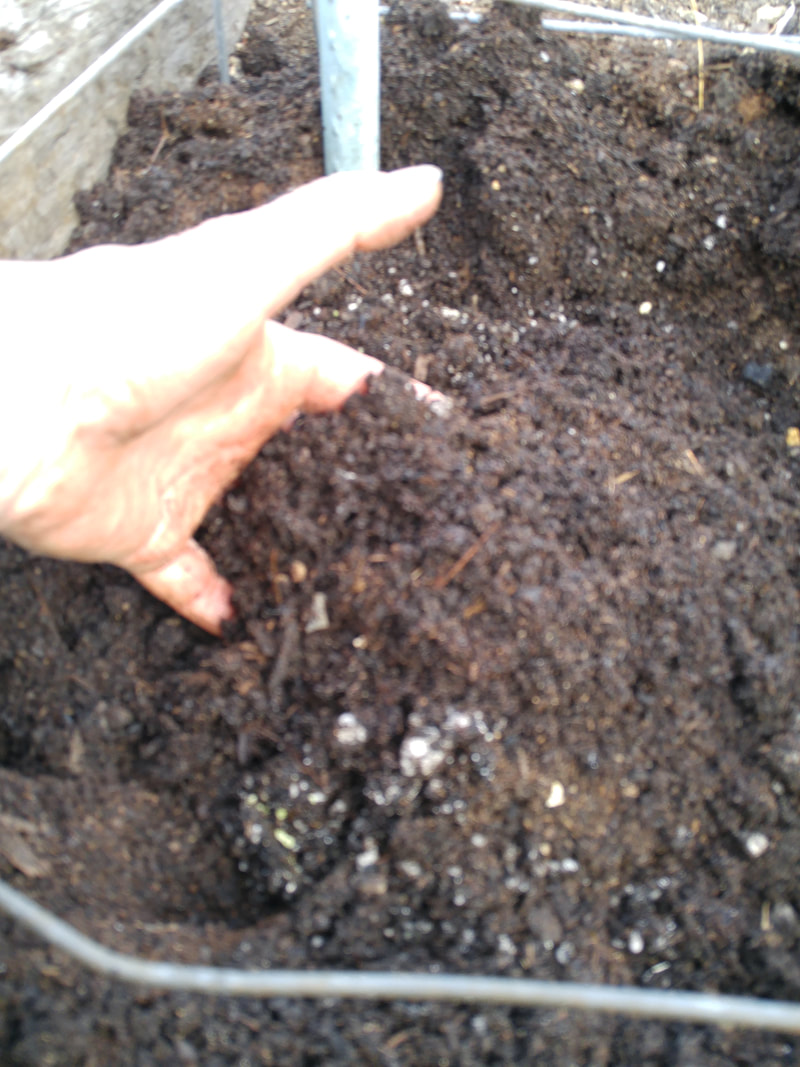
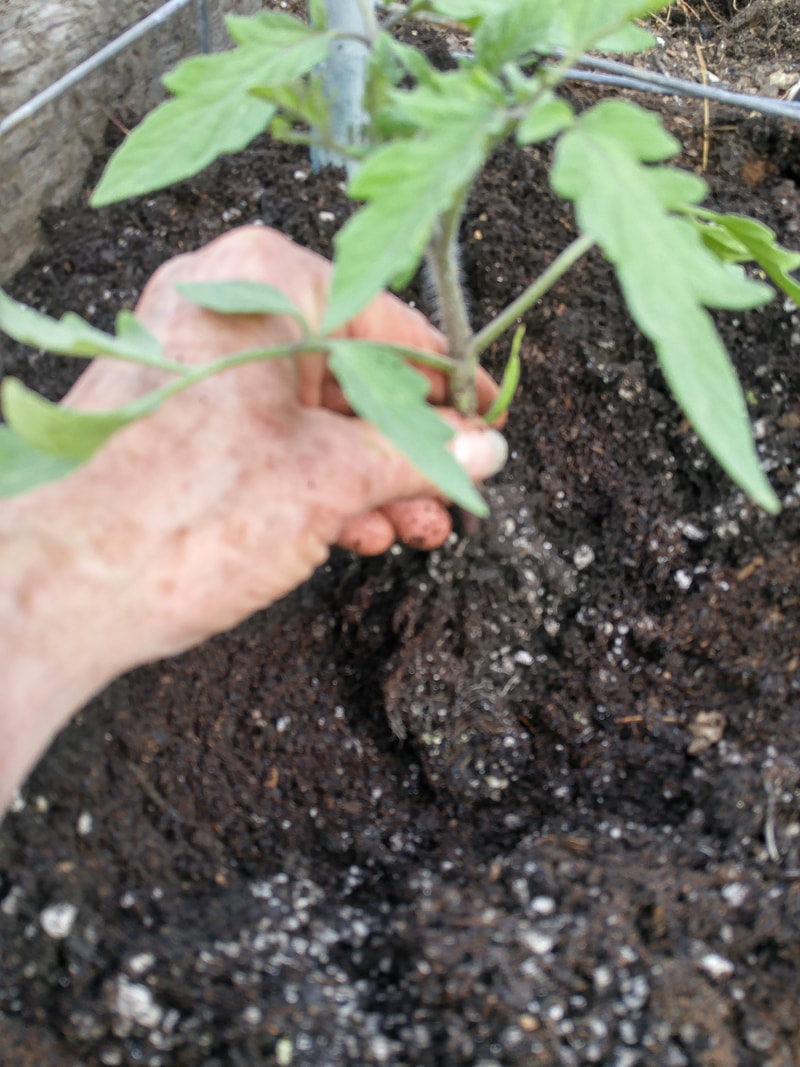
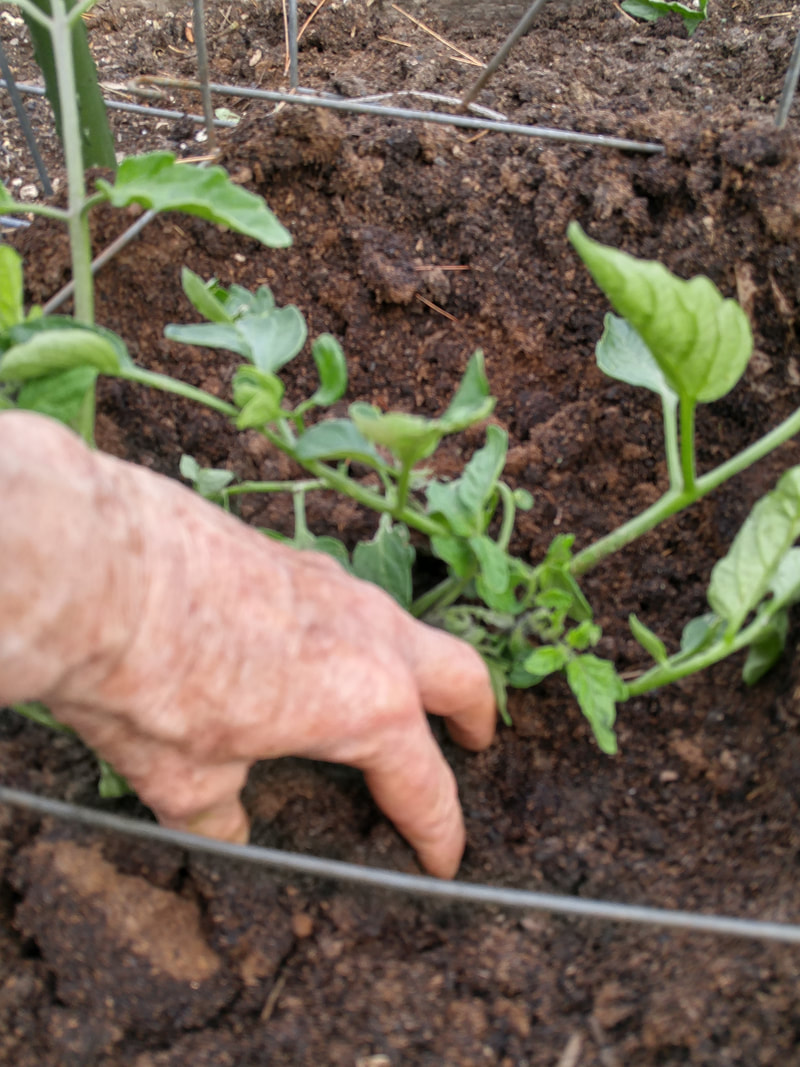
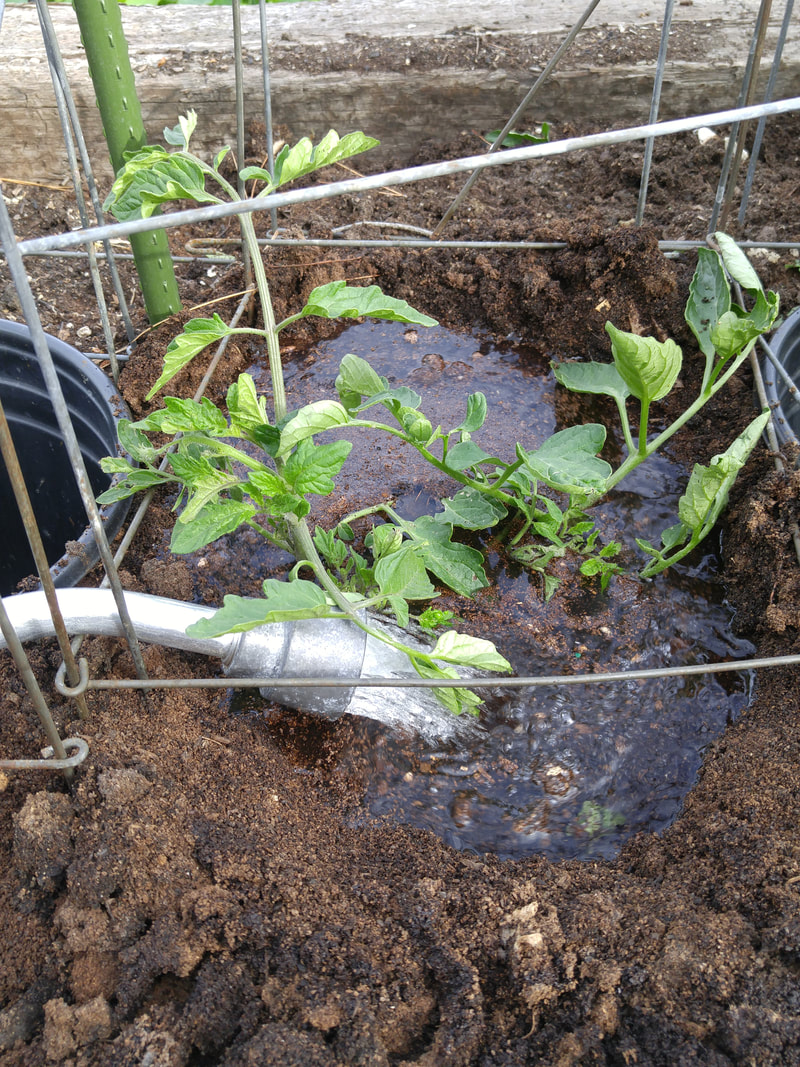
 RSS Feed
RSS Feed